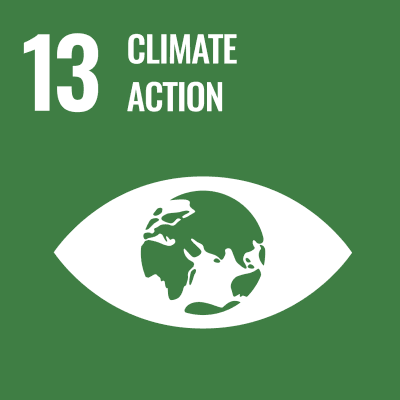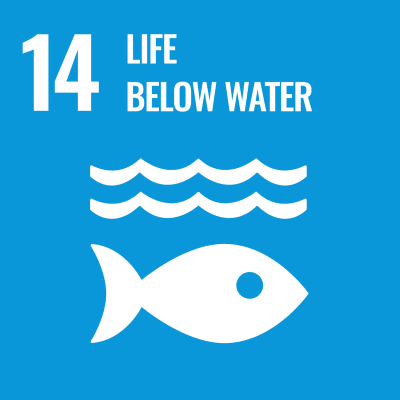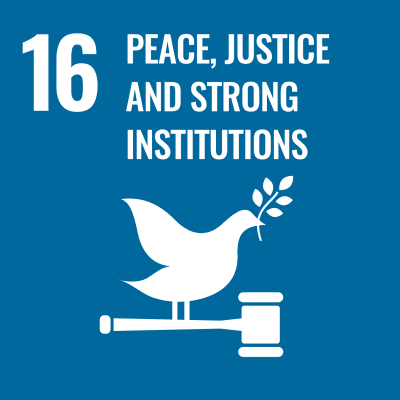-
Faculty of Engineering, Department of Architecture
- Professor
- Nobuyuki NOMURA
- Research Field
Architectural Planning and Design
- Keyword(s)
Fieldwork, regeneration of living environment, architectural and space stock utilization, renovation, community development, facility management
- Research theme
-
- Revitalization of the living environment in apartment complexes through collaboration with industry, government, and academia
- Community development and local revitalization utilizing vacant buildings and land
Outline of research activitiesBy conducting experiential surveys and research with an emphasis on fieldwork in the living environment, we will conduct practical research in collaboration with industry, government, and academia for the revitalization of living environments that people can feel enriched by.
The following are some of the studies we have conducted so far.
Practice and verification of the “Two-stage renovation experiment of public rental housing (UR Freestyle House)” conducted jointly with the Urban Renaissance Agency.
Co-sponsoring the 3rd Renovation City Planning Conference @ Nagoya 2017 in collaboration with the Renovation City Planning Center, Inc.
Co-hosted “Hong Kong-Tokyo Collaboration Workshop,” an international exchange workshop in collaboration with the Hong Kong Polytechnic University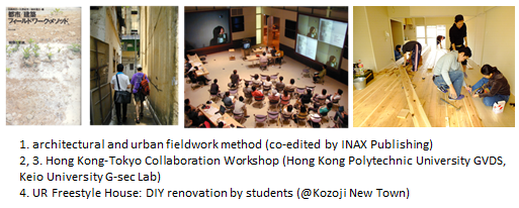
- Desired cooperation
-
- Proposals based on actual conditions of the city surveyed and analyzed through fieldwork
- Renovation of vacant houses and rooms by students Revitalization of local communities in collaboration with industry, government, and academia
-
Faculty of Engineering, Department of Architecture
- Associate professor
- Daiu MABUCHI
- Research Field
Architectural Planning, Architectural Design Methodology, Architectural Design
- Keyword(s)
Virtual Reality, Measurement by Psychology and Physiology, Subject Experiment
- Research theme
-
- Exploring techniques for creators and users to co-create
- Method Development to reflect users' viewpoints to creation based on their stress index
- Exploring a design methodology using virtual reality and algorithm design
Outline of research activities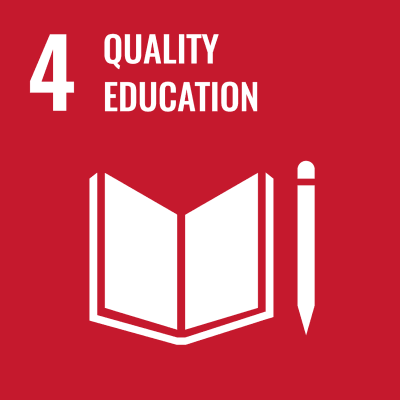
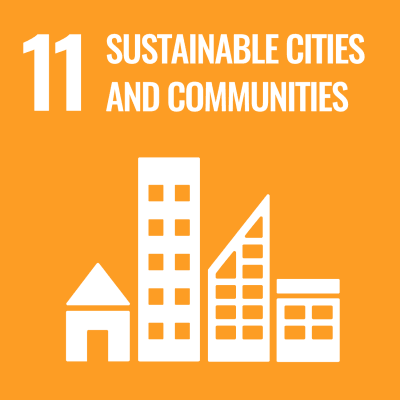
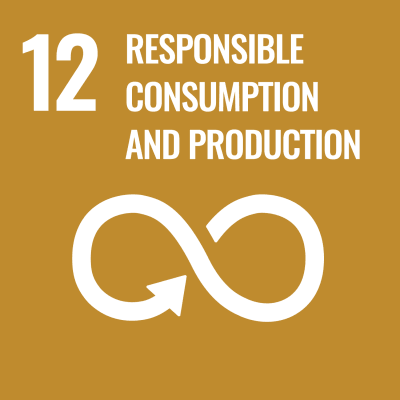
The way of manufacturing is undergoing major changes. One of the changes is co-creation. Development of a new manufacturing method beyond the gap between the creator and the user is a big challenge.
In my laboratory, I am studying a method to eliminate the barriers between creators and users as much as possible using Stress Index, Virtual Reality and so on. And we aim to construct a place where co-creation is possible.

- Desired cooperation
-
- Practice of manufacturing using stress index and VR
- Joint development of interior and exterior design
- The architectural design of small scale building
-
Faculty of Engineering, Department of Architecture
- Associate professor
- Kiho YAOITA
- Research Field
Urban planning, Cultural heritage conservation, International cooperation, Community development
- Keyword(s)
Historic district and cultural landscape conservation, World Heritage, Ecomuseum
- Research theme
-
- Historic district protection and utilization
- Cultural landscape protection and utilization
- Community development based on cultural heritage
Outline of research activities


The landscapes of traditional townscapes and villages are based on the natural conditions of the land, such as climate and topography, and are the tangible manifestations of social characteristics such as history and livelihoods, which have been inherited through traditional lifestyles and local traditions. In our laboratory, we are conducting research to clarify what kind of background has formed such a beautiful landscape, and what kind of elements it is composed of, fucusing on the characteristics of the traditional architecture of the region. We are also examining methods of heritage conservation that involve local residents in order to inherit these cultural heritages to future generations.

- Desired cooperation
-
- Fundamental surveys for historic district and cultural landscape conservation
- Protection and utilization of cultural heritage
- Development of Master Plan and Action Plan for the Preservation and Utilization of Historical and Cultural Heritage
-
Faculty of Engineering, Department of Architecture
- Associate professor
- Masami KOBAYASHI
- Research Field
Earthquake Disaster Prevention, Timber Engineering
- Keyword(s)
Seismic Design, Timber Structure, Experiments, Seismic Damage
- Research theme
-
- Shaking table tests of timber frame structures
- Strength and stiffness of frame structures of shrines and temples
- Seismic accessment and reinforcement of traditional timber structures
Outline of research activitiesIt is verified that about 80% of 6,400 victims by 1995 Hyogo-ken Nanbu earthquake are caused by collapse of a large number of wooden houses. So after that earthquake a very large number of researches on seismic design of wooden houses have been preformed. Our research group has worked on various experimental studies on timber structures, such as full scale existing houses, shear walls, frames, members, and also we often participate in damage survey in big earthquakes.

- Desired cooperation
-
- Experimental study on timber structures and their elements
- Seismic accessment and reinforcement of wooden houses
-
Faculty of Engineering, Department of Architecture
- Associate professor
- Satoshi NAKAYAMA
- Research Field
Architectural Environment Engineering, Architectural Environmental Design
- Keyword(s)
Environmetal Architecture, Urban Environmet, Weather Data
- Research theme
-
- Energy saving architecture, Methods and effects of environmental architecture
- Development of environmental control technology
- Analysis and survey of urban environment and weather data
Outline of research activitiesWe are developing and verifying building methods and equipment technologies for the realization of comfortable and energy-saving construction. Analysis of meteorological data to utilize natural energy is also one of the important tasks.
We are conducting research toward zero energy architecture and the realization of cities.- Desired cooperation
-
- Development of architectural environment control technology
- Natural energy use for architecture
- Development of urban environment improvement technology
-
Faculty of Engineering, Department of Architecture
- Associate professor
- Toshio YADA
- Research Field
Architectural Design, Urban Design
- Keyword(s)
Design Method, preservation and utilization
- Research theme
-
- The study and the practice of the architectural design
Outline of research activities
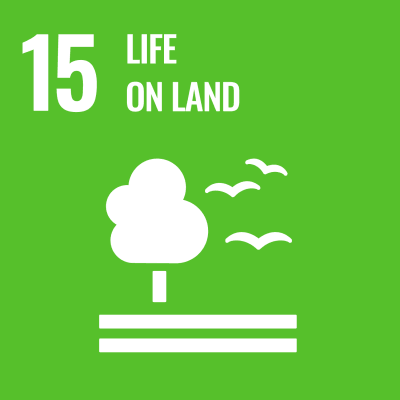
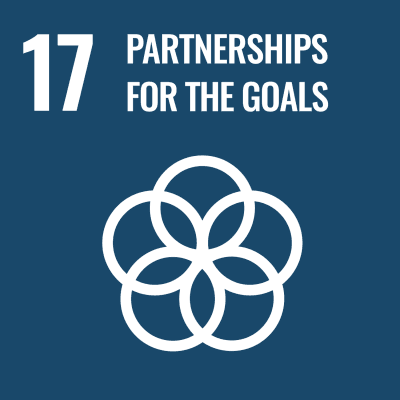
Study and practice on design methods of architecture in the context of urban space, public space, strategic urban regeneration by micro-intervention.
The main emphasis of my laboratory is to grasp architecture in the context of urban space and social situation, and use this for the basis for constructing both a new design theory and practical architectural projects.- Desired cooperation
-
- Architectural Design
- Urban Design
-
Faculty of Engineering, Department of Biomedical Engineering
- Professor
- Teruyuki KAWABATA
- Research Field
Experimental Pathology
- Keyword(s)
Iron, oxidative stress, Free radical, Electron spin resonance
- Research theme
-
- Iron-induced oxidative injury
- Torerance of iron-induced oxidative stress evolving iron metabolism in cells
- Non-transferrin-bound iron (NTBI) and labile iron pool (LIP)
Outline of research activitiesIron is an essential trace element for mammals. However, small portion of iron exist as non-transferrin-bound iron (NTBI) in blood or labile iron pool (LIP) in cells that induce oxidative strees in human. It is well known that iron plays an important role in many diseases such as neurodegenerative diseases (Alzheimer’s disease, Parkinson’s disease and others) and carcinigenesis. In HVC hepatitis, patients recieve blood removal treatment to reduce the body iron. The effect of bllod removal from cancer patients is also being studied intensively. While immature cells are depend on iron for the proliferation and iron is essential, differentieted cells demand relatively less iron. We have found that immature PC12 cells are labile for iron-induced oxidative strees, but differentiated neuronal PC12 cells are resistant. We are studing the relationship between cell differentiation and tolerance of iron-induced oxidative stress.

- Desired cooperation
-
- Imaging intracellular iron in living cells; To assay a spatiotemporal dynamic of iron in cells; To develop an assay method for NTBI and LIP.
-
Faculty of Information Science and Engineering, Department of Information Science and Engineering
- Professor
- Bojiang LIU
- Research Field
Data engineering
- Keyword(s)
Database, System development
- Research theme
-
- Multimedia system development
- IoT system development and sensor data processing
Outline of research activitiesResearch on Multimedia system
(1) develop a 3D map presentation system while linking to the database system, and develop applications based on the system
(2) develop a teaching material presentation technology using database ECA rule mechanismResearch on IoT related technologies
(1) devise a location estimation method using radio strength of Bluetooth and evaluate the effectiveness by prototype system
(2) devise a recognition method of human movement status by acceleration sensor data- Desired cooperation
-
- Intelligent system
- IoT related technologies
-
Faculty of Information Science and Engineering, Department of Information Science and Engineering
- Professor
- Chonho LEE
- Research Field
Soft Computing, Computational Intelligence, Bigdata Processing
- Keyword(s)
Artificial Intelligence, Evolutionary Computing, Combinatorial Optimization
- Research theme
-
- Medical Imaging (Periodontal disease, Tongue cancer, Temporomandibular disorders)
- Identification and Tracking (Coconutcrab, Whale, Player, etc.)
- Combinatorial Optimization (Job Scheduling, 3D Packing, etc.)
- Self-Adaptation System (Event Detection, Self-Healing)
Outline of research activities[Supercomputer × Bigdata × AI] With the experience accumulated through the operation and use of large-scale computer systems, we are conducting research aimed at designing intelligent computational algorithms for bigdata analytics, and creating practical and social solutions from the user’s perspective. Examples of bigdata processing using supercomputer include (i) detection, diagnosis, and prediction of lesions in clinical dentistry, (ii) identification and tracking of individuals in ecological research, and (iii) design of adaptive job scheduling algorithms to reduce waiting time and operational costs. We are developing a wide variety of applications using artificial intelligence, machine learning, evolutionary computation, and combinatorial optimization techniques.

- Desired cooperation
-
- Image Processing
- Distributed Systems, IoT
- Biological, Ecological Research
- Supercomputer Users
-
Faculty of Information Science and Engineering, Department of Information Science and Engineering
- Professor
- Fumio KITAGAWA
- Research Field
Information Science, Data Engineering
- Keyword(s)
Database, Web Applications, Sensor Applications
- Research theme
-
- Motion Database
- Web and Database
- Map and Database
Outline of research activitiesWe are developing a system, on which we can operate PC’s application by gesture.We use the Kinect sensor which can track 25 joints per person every 1/30 second.In the beginning, we make a system to adapt some gestures with PC’s mouse functions.For instance, the location of HAND_RIGHT is adapted to mouse cursor, closing right hand is adapted to right-button click, and so on.We are developing a man-machine interface by using human gesture.

- Desired cooperation
-
- Application of Motion data
- Web and Database
- Map and Database
-
Faculty of Information Science and Engineering, Department of Information Science and Engineering
- Professor
- Hiromitsu SHIINA
- Research Field
Algorithm engineering, Formal languagetherory, Natural language processing
- Keyword(s)
Algorithm development, language processing
- Research theme
-
- Questionnaire analysis
- Short comment analysis
- Difficulty analysis for text understanding
Outline of research activitiesOn the basis of the formal language theory, algorithms to solve the language phenomenon have been developed. As applications, my study is developing reputation analysis of the questionnaire, analysis of the words of difficulty degree of difference between the multilingual, and a regional information analysis utilizing short comments (Twitter).

- Desired cooperation
-
- Modeling of various systems
- Quality evaluation based on software engineering
-
Faculty of Information Science and Engineering, Department of Information Science and Engineering
- Professor
- Hiroshi MATSUURA
- Research Field
Strength of Materials, Universal Design
- Keyword(s)
Artificial joint, Safety design, Non-destructive evaluation
- Research theme
-
- Establishument of evaluation method for universal design -Floor slipperiness measuring dynamic friction coefficient under incremental vertical load -
- Evaluation for strength and safety of artificial joint
Outline of research activities

More than ten thousands people died caused fatal accidents in houses every year in Japan. Among them a number of the aged people died in falling down to flat floor even though without any steps. Floor slipperiness is usually represented as static friction coefficient at the slips in toe-off during last half of gait cycle. However, it is said that slips are also occurred at heel down to floor during first half of gait cycle. In order to evaluate floor slipperiness at heel down, it is necessary to measure the dynamic friction coefficient between footwear and floor under incremental vertical load during the heel down.
 The wear of UHMWPE(ultrahigh molecular weight polyethylene) used in artificial joint is investigated more than 5 million cycles using joint simulator. The simulator is reproduced vertical load, flexion/extension, abduction/adduction and internal/external rotaion during gate cycle.
The wear of UHMWPE(ultrahigh molecular weight polyethylene) used in artificial joint is investigated more than 5 million cycles using joint simulator. The simulator is reproduced vertical load, flexion/extension, abduction/adduction and internal/external rotaion during gate cycle.- Desired cooperation
-
- Floor slipperiness measuring dynamic friction coefficient under incremental vertical load
- Evaluation for strength and safety of artificial joint
-
Faculty of Information Science and Engineering, Department of Information Science and Engineering
- Professor
- Kazunori OYAMA
- Research Field
game engineering
- Keyword(s)
Game programming, Social contribution through games
- Research theme
-
- Real-time rendering
- Behavioral changes brought about by games, etc.
Outline of research activities

Computer games have grown along with technology, incorporating various cutting-edge technologies. Among them, our research focuses on real-time rendering technology that supports interactivity and immersion, and networks that support connections with others. Through research on the mechanisms of getting hooked on games and social media, I would like to work on social contribution through games (education, community revitalization, aesthetics, public relations, etc.) and the role that games play in society.

- Desired cooperation
-
- Programming education, support for local information education
- Games and monitoring systems for the elderly
- Community revitalization, aesthetics, public relations, etc. through games
-
Faculty of Information Science and Engineering, Department of Information Science and Engineering
- Professor
- Masaki EMOTO
- Research Field
Image information enginnering, Human Factor, Vision Science
- Keyword(s)
Imaging System、Vision、Stereopsis、Autonomic Nervous
- Research theme
-
- Imaging system and human vision
- Effects of imaging system on human
- Kansei enginnering
Outline of research activities

We are interested in the effects of the artificial environment of imaging systems on humans. We have studied both pros and cons effects. Examples of the good effects are viewers’ sense of power, immersion, and presence, in which the viewers feel as if they are in the space projected by the imaging system. The problem of quantifying these senses is that it is not possible to measure them with a measuring instrument. These characteristics related to human senses and sensitivity can quantified through subjective evaluations and questionnaires. At the same time, biometric measurements are performed to search for measurement items that may serve as biological indices. We are investigating the relationship between subjective evaluations and biological indices.
Conversely, undesirable effects are that a person watching 3D images or a shaky image may experience eye fatigue or a motion sickness. To clarify what can be done to minimize these undesirable effects, we are studying the relationship between the undesirable effects and presented images by subjective evaluations and biometric measurements. In this process, we measure eye movements, autonomic nervous system, and brain activity to quantify the degree of the undesirable effects. Based on these results, we have proposed measures to prevent and mitigate undesirable biological effects.
- Desired cooperation
-
- Quantification of quantities that are difficult to measure with measuring instruments
- The relationship between imaging systems and human
- Points to keep in mind when creating 3D videos, etc.
-
Faculty of Information Science and Engineering, Department of Information Science and Engineering
- Professor
- Michio SAKAKIHARA
- Research Field
Numerical scientific computation,
- Keyword(s)
Discretization method, Mathematical modelling, Optimization method
- Research theme
-
- Alternative least sqear method,
- Simple function evaluation for embedded software
- Extending the concept of differentiation to develop
- optimization methods for more complex targets.
Outline of research activities

There are many application fields for the development of rational methods for inferring desired information from observed data. One of the techniques is the alternating least squares method for decomposing a matrix. This method is used in a wide range of fields from analysis of psychological data to image processing. However, the theoretical background of this approach does not seem to be fully clarified. I am conducting research with various interests, centering on research to clarify the theoretical background of the alternating least squares method.

- Desired cooperation
-
- General problems for which no mathematical model has been established.
-
Faculty of Information Science and Engineering, Department of Information Science and Engineering
- Professor
- Noriyuki SHIMODA
- Research Field
Digital Game
- Keyword(s)
Game produce,game development,Game mechanics,Project management
- Research theme
-
- Digital game production
- Digital game development project management
- Game mechanics
Outline of research activities
Digital games are both industrial products and a kind of comprehensive work of art, and engineering methods cannot be applied directly to their planning and development. The planning and development of digital games requires an approach that balances creative appeal and industrial quality. We are researching the themes of what kind of production is necessary to achieve this and how the project should be managed.
A game is a kind of system, and a game system is formed by a complex of many systems. We are also researching this system called game mechanics.- Desired cooperation
-
- e-sports researches
- Virtual reality researches
- Gamification researches
-
Faculty of Information Science and Engineering, Department of Information Science and Engineering
- Professor
- Shinji MIYAKE
- Research Field
Learning support system, Software engineering
- Keyword(s)
Learning support system, Understanding, Awareness
- Research theme
-
- Learning support system for algorithms and programming
Outline of research activities
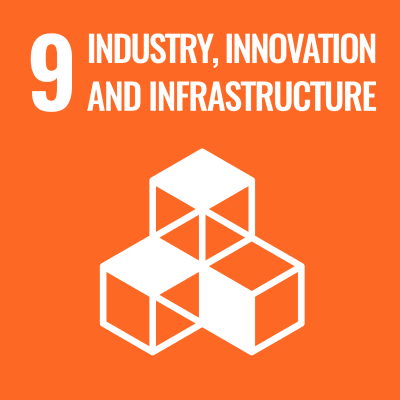

Even if you think you understand it, if you look at it from a different perspective, you may find some unclear points.
We are researching the construction of an easy-to-understand learning system that makes difficult-to-understand teaching materials easier to handle, encourages confirmation from multiple perspectives, and is easy to understand.
Based on conventional CAI and e-learning methods, we aim to build and release learning support systems such as algorithms and programming.
We are also researching a system that presents answers to simple puzzles in order to cultivate logical thinking.- Desired cooperation
-
- Algorithm, programming education support
-
Faculty of Information Science and Engineering, Department of Information Science and Engineering
- Professor
- Shinsaku FUJIMOTO
- Research Field
Robotics, Measurement, Control, System Identification
- Keyword(s)
Electric Wheelchair, Active Orthosis, Passive Walker
- Research theme
-
- Development of Electric Wheelchair with Force Feedback Joystick and Power Assist
- Development of Active Orthosis for Lumbago Relief
- 3D Quasi-passive Walking of Bipedal Robot with Flat Feet
Outline of research activities1. It is important to develop the orthosis which improves the Quality of Life (QOL) and maintains health conditions. We focus on an electric wheelchair which is a welfare apparatus for mobility support of a physically handicapped person. Therefore, the estimated method can be obtained unknown parameters of the driving environment.
2. It is important to develop the orthosis which improves the Quality of Life and maintains health conditions. As one of treatment methods done to lumbago, the waist fixation method is performed. A waist active orthosis implement with pneumatic flexible actuators developed.
3. We develop 3D quasi-passive walker with flat feet.
And an antagonistic pneumatic system is used as joint actuators. 3D quasi-passive walking in the level ground can realize by the simple swinging input of the frontal direction.
- Desired cooperation
-
- Development of Rehabilitation Device
- Development of active prosthetics for Lumbago and Walking support
- Application of passive-dynamic walking for Bipedal Robot
-
Faculty of Information Science and Engineering, Department of Information Science and Engineering
- Professor
- Tetsuya AKAGI
- Research Field
Mechatronics, Pneumatic control device, Mechanical control
- Keyword(s)
Soft actuator, Wearable control system, Embedded controller
- Research theme
-
- Development of Low-cost Flexible Pneumatic Actuator and Its Application for Home-based Rehabilitation Devices
- Development of Low-cost Wearable Fluid Control Valve and Its Application
- Development of Various Flexible Robots Using Flexible Pneumatic Actuators
Outline of research activities


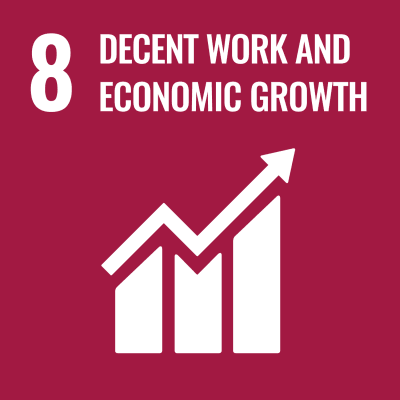

By taking advantage of pneumatic actuators that have features of higher force / mass ratio, lightweight and flexibility based on compressibility, we have developed low-cost wearable actuators and low-cost home-based rehabilitation devices that can be disposable after using it. Specifically, we developed a flexible pneumatic cylinder that can be used even if the cylinder bends. A spherical actuator that consists of two flexible pneumatic cylinders have been also developed as an application for portable rehabilitation device. We have also developed a low-cost wearable servo valve using buckled tubes, an artificial muscle with built-in displacement sensor and a pipe inspection robot using extension type flexible pneumatic actuators. In addition, aiming at globalization for students, all graduate students in our laboratory have presentation in international conferences.

- Desired cooperation
-
- Development of wearable pneumatic controlled devices using embedded controllers and its application
- Implementation of low-cost, small-sized and light-weight pneumatic control valves
- Development and application for flexible actuator and flexible sensors
-
Faculty of Information Science and Engineering, Department of Information Science and Engineering
- Professor
- Toshiyuki KOHNO
- Research Field
Numerical Analysis / Utilization of ICT in Education
- Keyword(s)
Linear system, Preoconditioning, Iterative method / ICT
- Research theme
-
- Improvements in the linear iterative algorithm
- Parallel iterative method for large sparse linear equation
- Improvement of distance learning using ICT
Outline of research activities

(Numerical analysis)In scientific computing most computational time is spent in solving systems of linear equations. It is necessary to study an algorithm for solving the large linear system fast and stably. We have proposed several new iterative algorithms and preconditioning techniques.

Vertical axis is the number of iterations, horizontal axis is the index of residual vector, and we display the magnitude of the residual vector in the color. When this becomes black beyond the red, the error becomes large and when this becomes white beyond the yellow, the error becomes small.
(ICT)Distance learning is a way of learning remotely without being in regular face-to-face contact with a teacher in the classroom. We study the support system for the programming lecture in distance learning.- Desired cooperation
-
- Approach to solving the large linear system.
- Improvement of education with using ICT



